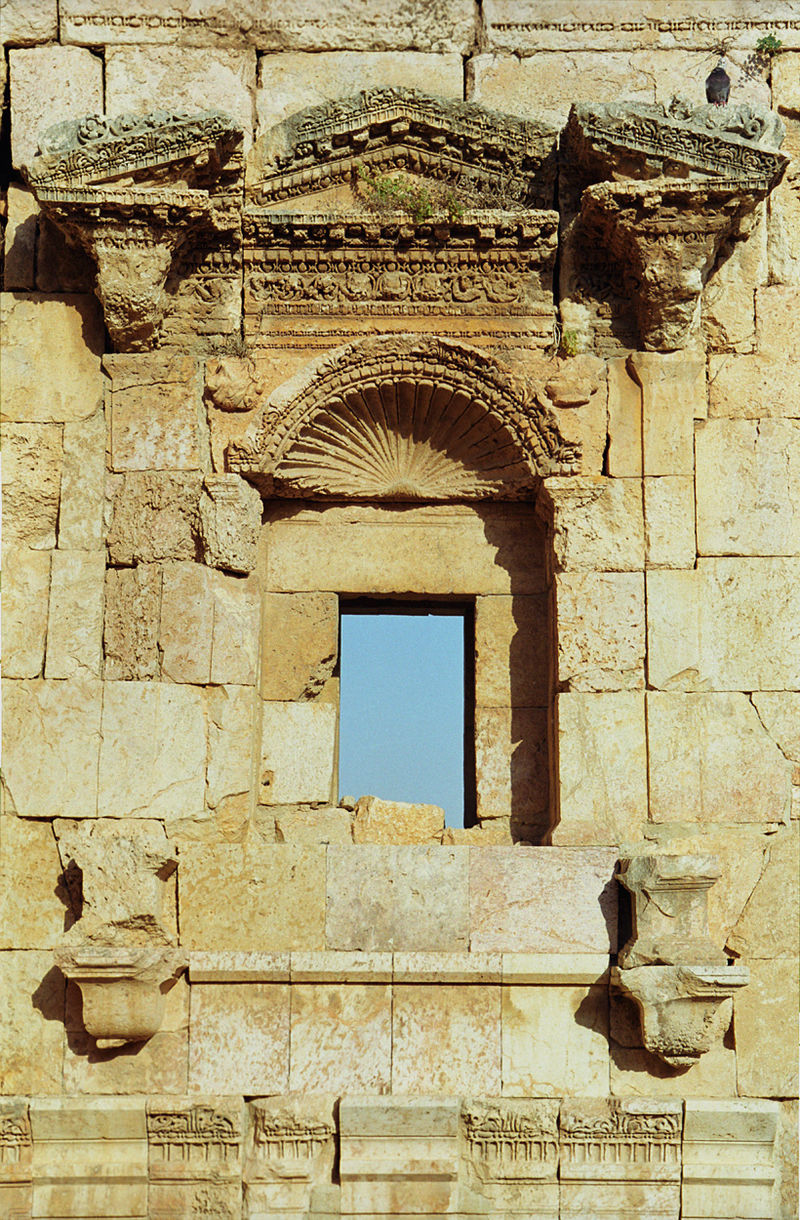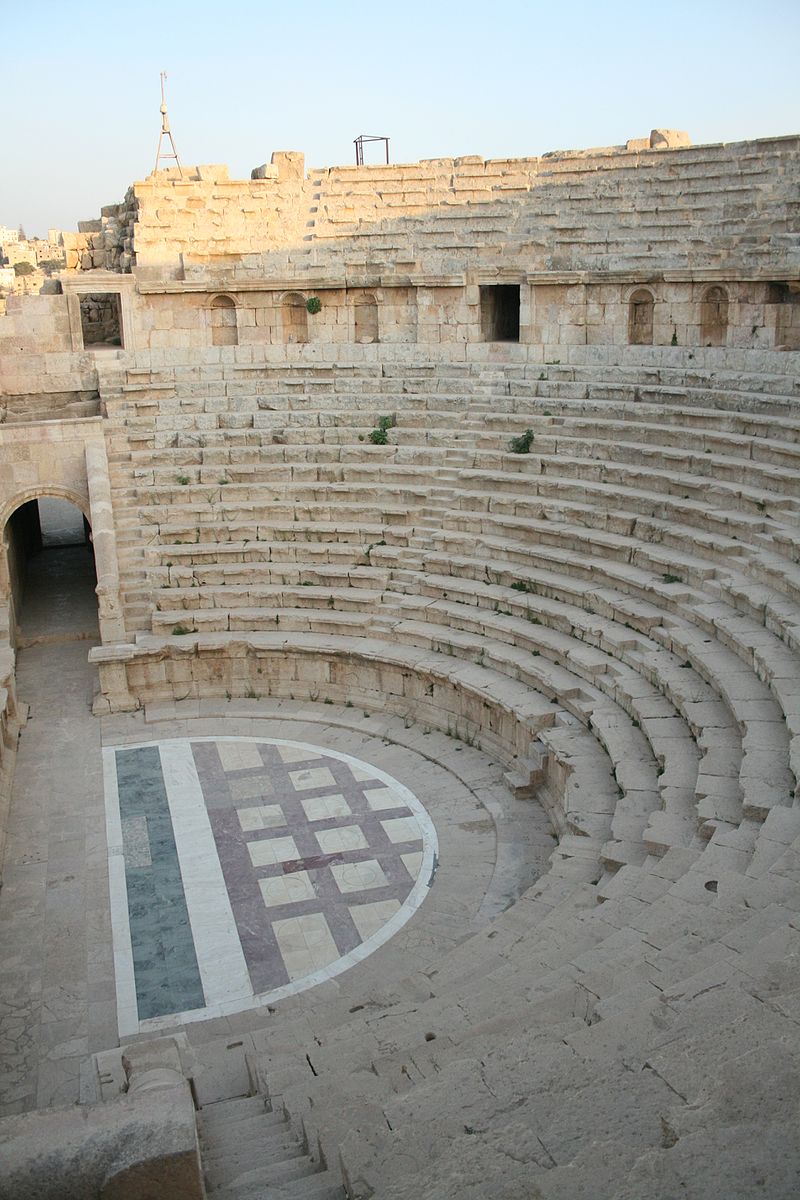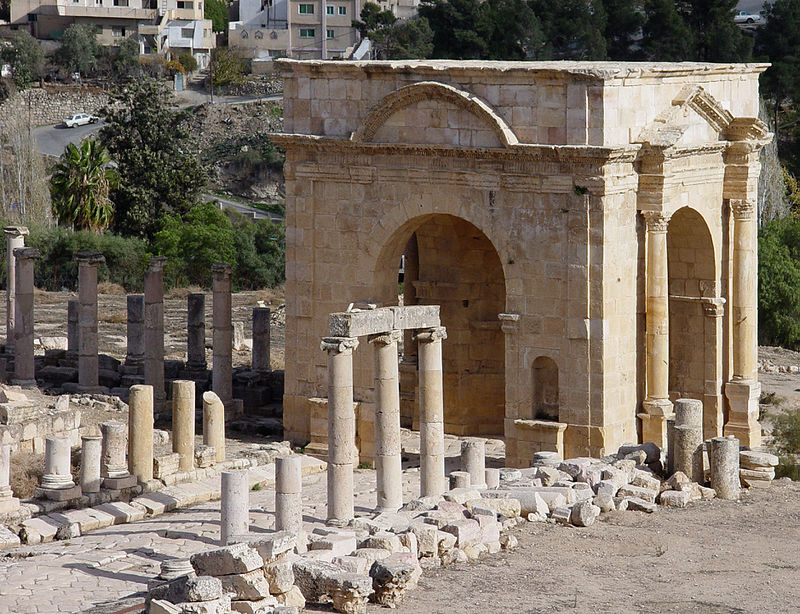Jerash
Jerash is the capital and the largest city of Jerash Governorate, Jordan, with a population of 50,745 as of 2015. It is located 48 kilometres north of the capital of Jordan, Amman. The history of the city is a blend of the Greco-Roman world of the Mediterranean Basin and the ancient traditions of the Arab Orient. The name of the city reflects this interaction. The earliest Arab Semitic inhabitants, who lived in the area during the pre-classical period of the 1st millennium BCE, named their village Garshu. The Romans later Hellenized the former name of Garshu into Gerasa. Later, the name transformed into the Arabic Jerash. The city flourished until the mid-eighth century CE, when the 749 Galilee earthquake destroyed large parts of it, while subsequent earthquakes 847 Damascus earthquake contributed to additional destruction. However, In the early 12th century, by the year 1120, Zahir ad-Din Toghtekin, atabeg of Damascus ordered a garrison of forty men stationed in Jerash to convert the Temple of Artemis into a fortress.
It was captured in 1121 by Baldwin II, King of Jerusalem, and utterly destroyed. Then, the Crusaders immediately abandoned Jerash and withdrew to Sakib the eastern border of the settlement. Jerash was then deserted until it reappeared by the beginning of the Ottoman rule in the early 16th century. In the census of 1596, it had a population of 12 Muslim households. However, the archaeologists have found a small Mamluk hamlet in the Northwest Quarter which indicates that Jerash was resettled before the Ottoman era. The excavations conducted since 2011 have shed light on the Middle Islamic period as recent discoveries have uncovered a large concentration of Middle Islamic/Mamluk structures and pottery. In 1806, the German traveler Ulrich Jasper Seetzen came across and wrote about the ruins he recognized. The ancient city has been gradually revealed through a series of excavations which commenced in 1925, and continue to this day.




